A. Lange & Söhne: State of the Art Tradition
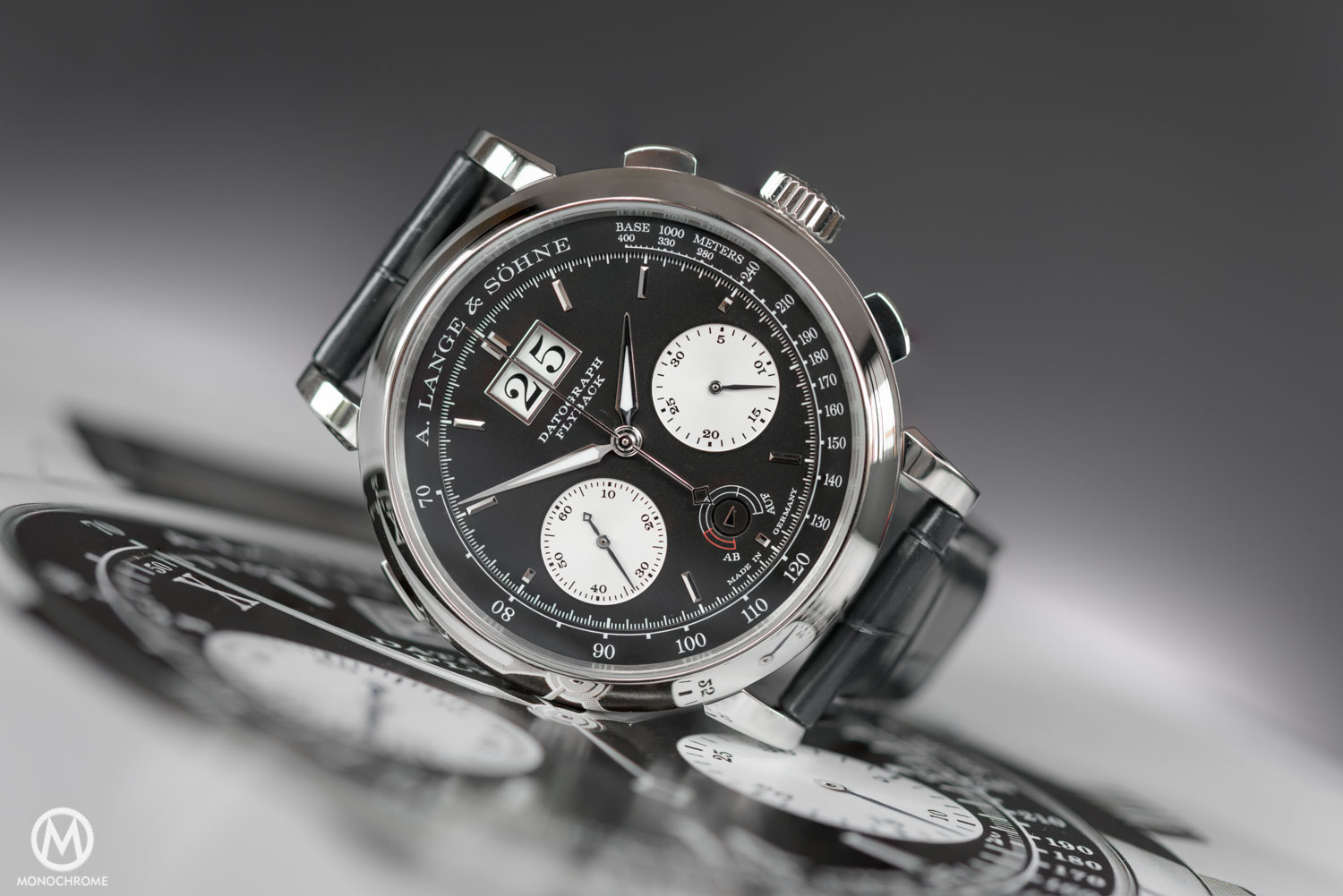
When our editor in chief, Frank, asked me if I was interested in photographing seven (yes 7) A. Lange & Söhne watches, I was as happy as a kid in a candy (electronic?) store. I took this opportunity to think about the brand. What differentiates Lange? What makes their watches unique? Why do people pay an enormous amount of money for a simple hand-wound watch? I will share my personal views as well as photos to illustrate my points. In many ways, Lange watches resemble – or exceed – the reliability, robustness, quality and performance of German cars. When you strap a Lange watch on the wrist, it is as if you just took your seat behind the wheel of a German luxury car.
State of the Art Tradition
To better understand the current brand and values, one has to understand the past. The story of A. Lange & Söhne starts with Ferdinand Adolph Lange in 1845, who established high-quality watchmaking as an industry in Glashütte in the impoverished region of Saxony, Germany. It is a story of entrepreneurship, innovation, passion and sense of community. After the fall of the Iron Curtain the great grandson of Ferdinand A. Lange, Walter Lange, re-established the industry. He did so in close cooperation with a special man and icon of the watch industry, Günther Blümlein. They registered A. Lange & Suohne exactly 145 years after the day that Ferdinand A. Lange registered his firm on 18 december 1845. The vision, entrepreneurship and perseverance of those men are extraordinary. I have seen photos of the town in the late 1980s and it is unbelievable what has been achieved in 20-25 years. Whenever you have a chance to visit Glashütte, you will be amazed by how many watch companies are located here. The values/essentials – or DNA – of A. Lange & Söhne’s are summarized in their slogan “State of the Art Tradition”. In this article I will explore this into more detail and show you via photos what I mean. ‘Tradition’ refers not only to the key characteristics of the original Lange watches but also to the traditions of the company and the history of Glashütte. ‘State of the Art’ captures the key values with respect to innovation, design, production and finishing.
Tradition: Tribute to Heritage and Glashütte
Fortunately for us, Walter Lange inherited his great grandfather’s notebook with drawings and ideas. This book laid the foundation for the spirit embodied in the contemporary A. Lange & Söhne company and watches. Each A. Lange & Söhne watch pays tribute to the Saxon traditions of using three-quarter plates, Glashütte finishing, screwed gold chatons, blued screws of the highest quality, whiplash precision index adjustment (swan neck), hand-engraved balance cocks, a large date, and the use of untreated German silver.
About the large date: the large date, wisely patented by the company, is derived from the five-minute clock of the Dresden Semper Opera. This clock was made by J.C. Friedrich Gutkaes and Ferdinand Adolph Lange. Gutkaes was Lange’s father-in-law, mentor, and business partner. The mechanics of such a clock are much more difficult to produce than one may think.
About German silver: German silver gives a distinct look to the movement. It is an alloy of zinc, copper and nickel and less sensitive to oxidisation than brass. Brass is the more common material used for plates and bridges. While other companies treat the surface of German silver with a lacquer, Lange uses untreated silver to preserve its natural beauty. This demands greater care (and time) during the production to prevent damage.
About the three-quarter plate: The three-quarter plate was introduced in 1864 by Ferdinand A. Lange to improve the stability of the movement. The assembly requires a steady hand and focus because of the simultaneous positioning on several arbors.
About the hand-engraved balance cock: For a very long time the balance cocks of Lange watches are engraved by hand. Every engraving is unique. The cut-depth and the curls reveal the engraver. In a way, it is the engraver’s signature.
It was not just the notebook of Ferdinand A. Lange that was transferred from generation to generation. The responsibility for the region and its people has been transferred from generation to generation as well. The sign ‘i/SA” – in Saxonia – displayed on every watch, pays tribute to the spirit of the people living in the Erzgebirge mountains; people who had suffered greatly during the downfall of silver ore mining, the great depression, national-socialism, the second world war, and communism. The rise of the watch industry came with the downfall of silver ore mining. Many people had to turn to other trades, such as basket weaving. At that time, Ferdinand Adolph Lange (1815) came back from a trip throughout Europe with the idea to start a watch industry in the impoverished region. Although clock-making was known in Saxon there was no real watch industry. Ferdinand A. Lange did much more than starting an industry. He also founded clubs and societies and financed infrastructure and housing projects. He arranged insurance and a pension plan for his workers, something that we find normal nowadays but was rather revolutionary at the time. And he served as a mayor of Glashütte for 18 years.
Ferdinand A. Lange – From the book “Lange & Söhne the watchmakers of Dresden by Reinhard Meiss, page 170 [1]
It is this community spirit that became part of Walter Lange’s genes. Mr. Lange’s passion goes beyond watches. In an interview with Elisabeth Doerr [source C] , Mr. Lange says “I was born in the Weimar era, then came the crash in 1929 and the great unemployment. I can still see it today; it was a childhood trauma for me, when I looked out the living room window and saw all the unemployed men lined up, waiting across the street. I will never forget that view, and it was one of the main reasons I started the company again [in 1990]—to bring work to Glashütte. I saw the same situation heading toward Glashütte again” and “It was such a wonderful time, despite all the difficulties that came along with it. This wasn’t just about re-founding a company, it was about rebuilding Glashütte. My partner in this venture, Günter Blümlein, would often feel he needed to say this to me: “Mr. Lange, you are more for Glashütte than Lange”.
Walter Lange – From the book “The Revival of Time” – Walter Lange [2]
State of the Art in Innovation
Constantly striving for innovation in products, technologies, processes and organisation is part of Lange’s DNA. Mr. Lange said in his interview with Elisabeth Doerr [C] “How would Ferdinand Adolph Lange have made his watches today? He certainly would have gone with the times in terms of technology”. I would dare to generalise this to the word “innovation”. Ferdinand A. Lange was also innovative when it came to production processes and business models. For example, he proposed a clever business model to the Saxon government: producing a single pocket watch model with a simplified and perfected design that could be produced by self-manufactured machinery and by division of labor. Two ideas that he probably got during his trip throughout Europe. His proposal also included an apprentice program to develop an entire supply chain. He encouraged apprentices to start their own supplier firms. The government provided money to purchase the necessary tools and provided a loan for other costs, including the apprentices’ living cost for three years. Innovation continued in later years. The family introduced the metric system to watchmaking and invented (1930) the beryllium alloy for balance springs. During the 1920s the company countered the flood of cheap Swiss wristwatches by introducing a simplified, machine-manufactured calibre together with its high-quality luxury products. The latter helped them survive the Great Depression.
The technical achievements of the company are also impressive. Did you know that in order for an invention to be called “innovation” within Lange, it must make human life more convenient? Inventions are not implemented when there is no functional benefit. The ZERO-RESET mechanism, patented in 2000, is an example of an invention that makes the life of customers easier. Other examples are the mechanism for precision adjustment of the jumping minute counter of the Datograph (2001), a chronograph with rattrapante and linked flyback function (2004), stop seconds device for a tourbillon (2005), constant force escapement (2007), and the Jumping numerals mechanism in the Zeitwerk. But that is not all…. One of my favourites is the ‘chain and fusée’ mechanism in the Pour Le Mérite watches to ensure consistent force and accuracy. And there are more examples. Perhaps the most impressive part is that technical innovation never hampered on the beauty of the design. For example, my latest favourite – the Jumping Seconds – strikes a balance between technical advancement and balanced design. One invention cannot be left unmentioned: the special type of sapphire glass being used in Lange watches. It is nearly opaque to the human eye and to the camera, which is a pleasure for every photographer.
View on the patented constant-force escapement – remontoire – that releases power with constant force, once every minute.
Continuously improving movements is another example of innovation. Take for example the L951.X chronograph movements. The fifth iteration of the movement (calibre L951.5) features an operating lever spring which is mounted on the lever itself that pushes a pin fixed at the chronograph baseplate. It was the other way around in the first iteration (L951.1). Another iteration is the use of an in-house balance wheel. While older generations use the balance wheel with timing screws and swan-neck regulator, this generation has a balance wheel with six (6) eccentric weights for poising. It is a free-sprung balance.
About the free-sprung balance: the rate is adjusted by moving the weights away from the center or towards the center, which influences the inertia of the balance itself. A free-sprung balance has a fixed-length hairspring while a regulated balance has a variable-length hairspring, which is changed by moving the index on the balance cock, causing a pair of curb pins to slide along the hairspring, resulting in a shorter or longer hairspring. The advantage of a free-sprung system are rate stability and better inherent positional accuracy as it enables concentric breathing of the hairspring. The system is more difficult to regulate.
State of the Art in Design
“Clean” and “balanced” are the first words that spring to mind when I see the front of a Lange watch. The watches of A. Lange & Söhne are legible and breath quality, not only due to the materials used and the finishing but also due to the tasteful and timeless-elegant design. Their attention to detail is first class.
The application of the “golden ratio” or “divine proportions” in establishing a balanced look plays a central role in the design of Lange watches. Note: The Golden Ratio equals 1.618 and is found when you divide a line in two parts in such a way that the whole length divided by the longest part equals the length of the long part divided by the length of the shortest part. To put it more directly: the long part divided by the short part is 1,618. An example is the off-centre placement of the hours/minute dial of the Lange 1.
Product designers work closely together with movement engineers to harmonise technical feasibility and aesthetics but also to balance tradition and innovation. Many design variations are developed, assessed and discussed. Purpose is to create a design that is timeless and directly recognisable as an A. Lange & Söhne watch, even when the name would be left out. Aspects such as the shape of the lugs, indicators and hands, the relationship between material and color, the typography are discussed. A few examples of the design details of Lange watches:
- The contrast in case vs dial, strap vs material and main dial vs sub-dial.
- The transparent unit ring with black numerals rotates of a glowing background rectangle to enhance the luminosity of the date display of the Grande Lange 1 “Lumen”.
- The geometry of the“AUF” and “AB” indicators is an A. Lange & Söhne tradition.
- The Arabic numerals, blued-steel hands, railway-track minute scale, and symmetrically arranged sub-dials for power-reserve indication and running seconds are derived from the design of Lange’s pocket watches.
- A match between movement and case. Unlike many other brands that host small movements in big cases, each Lange movement and case are harmonised during the design process.
- The use of precious metals.
“Awe” is the word that springs to mind when you look at the gorgeous movements of the Lange watches. Especially the Chronographs are masterpieces. Each chronograph movement is a symphony of curves and shapes.
What sets A. Lange & Söhne apart from many other watch companies in design is that they do not (have to) compromise on their goals and principles in developing a new watch, including the choice of materials and shapes. This may explain why no pirate company has been able to copy a Lange watch up to this day.
State of the Art in Finishing
Especially for complex finishing work, the human hand is unbeatable. You recognise the application of the human hand by the shape of the internal angles of bridges and levers. When it is precise and clear-cut, they are hand-finished. No machine is able to copy that finesse. When then angles are rounded, most likely the process is machine-based. At Lange, edges of plates, bridges and levers are polished by hand. After chamfering (bevelling an polishing of edges) practically all bevels (the sloped edges of a movement) have the same angle and width. Years of training are required to master the level of finishing that is applied to A. Lange & Söhne watches. Every detail is attended. Invisible parts – including reverse sides – are finished with the same attention to detail and passion for perfection.
Five different finishing patterns are used:
- The three-quarter plate is finished with Glashütte ribbing.
- Straight graining is used for steel levers, springs and yokes.
- Smaller gear wheels are finished with circular graining.
- (Cloud-like) perlage is applied to the insides of plates and bridges as well as to the invisible dial side of the main plate you can see to the side of the balance cock). The pattern is created by stippling the part with a rotating abrasive peg form the outside to the inside. You recognise the quality of the finishing by the consistency in the regularity of the pattern.
- Mainspring barrel and larger wheels have a solarisation finishing. You will see reflected light move in circles when you move the watch.
Multiple polishing steps are performed to complete the finishing of a movement. For example, the mirror finish of the end-piece of the escape wheel is done by rubbing it against special films containing diamond dust.
Finishing of the movement
Finishing of the case
State of the Art in Production and Service
No compromises are made on the quality of materials used and the attention to detail in the production and assembly process. Screws and the sapphire glass are examples. The continuous improvements – such as above-mentioned mounting of the operating lever spring in the L951.X movements – as well.
But, again, there is more. Each watch movement is assembled twice. The first assembly is used to regulate the movement. Although some finishing has been done, most polishing and decoration is done after this regulation process. After regulating the movement, it is taken apart, followed by the final finishing. Then the movement is assembled and regulated again. In his interview with Elisabeth Doerr [C], Herr Lange says that the idea of assembling the movement twice came from the vulnerability of the German silver.
The robustness and accuracy of Lange watches is ultimately illustrated by their longevity in real life. I wear mine during bike rides and have done so for 10 years without problems.
The attention to quality and performance also comes through in the service process. Whenever you have serviced your A. Lange & Söhne, you know instantly what I mean. It is as if you’ve just received a new watch. One important detail is that scratches are laser-filled rather than polished away.
There is one critical note I have to make. The servicing process has become long. The good news is that your watch will be reborn in Glashütte.
Sources:
- Lange & Söhne the watchmakers of Dresden – Reinhard Meiss
- The Revival of Time – Walter Lange
- The Watchmakers Who Saved Glashütte – Elisabeth Doerr (published in Cigar Aficionado, march/april 2011).
Follow this link to the website of A. Lange & Söhne to learn more about the company’s heritage and collection.

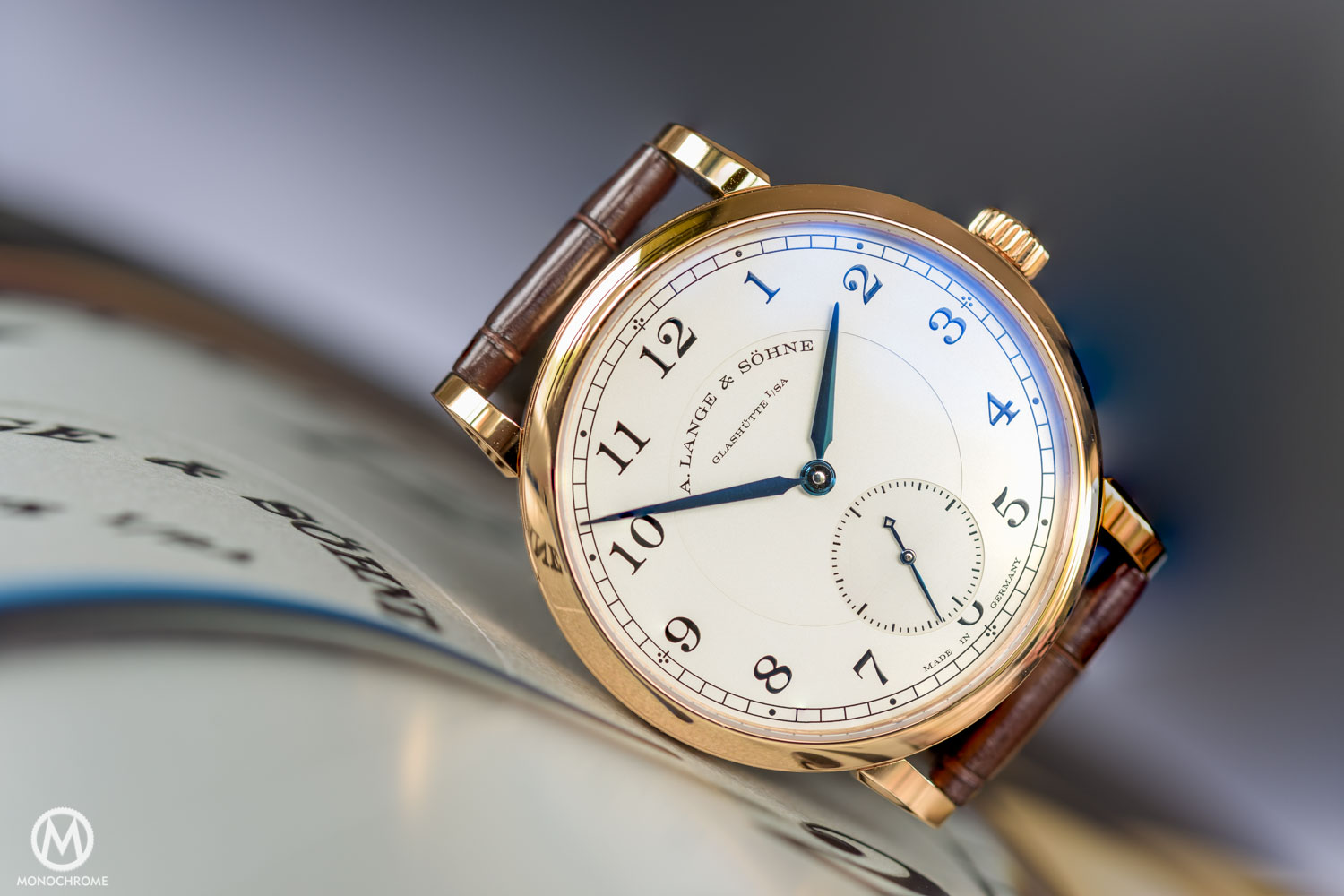
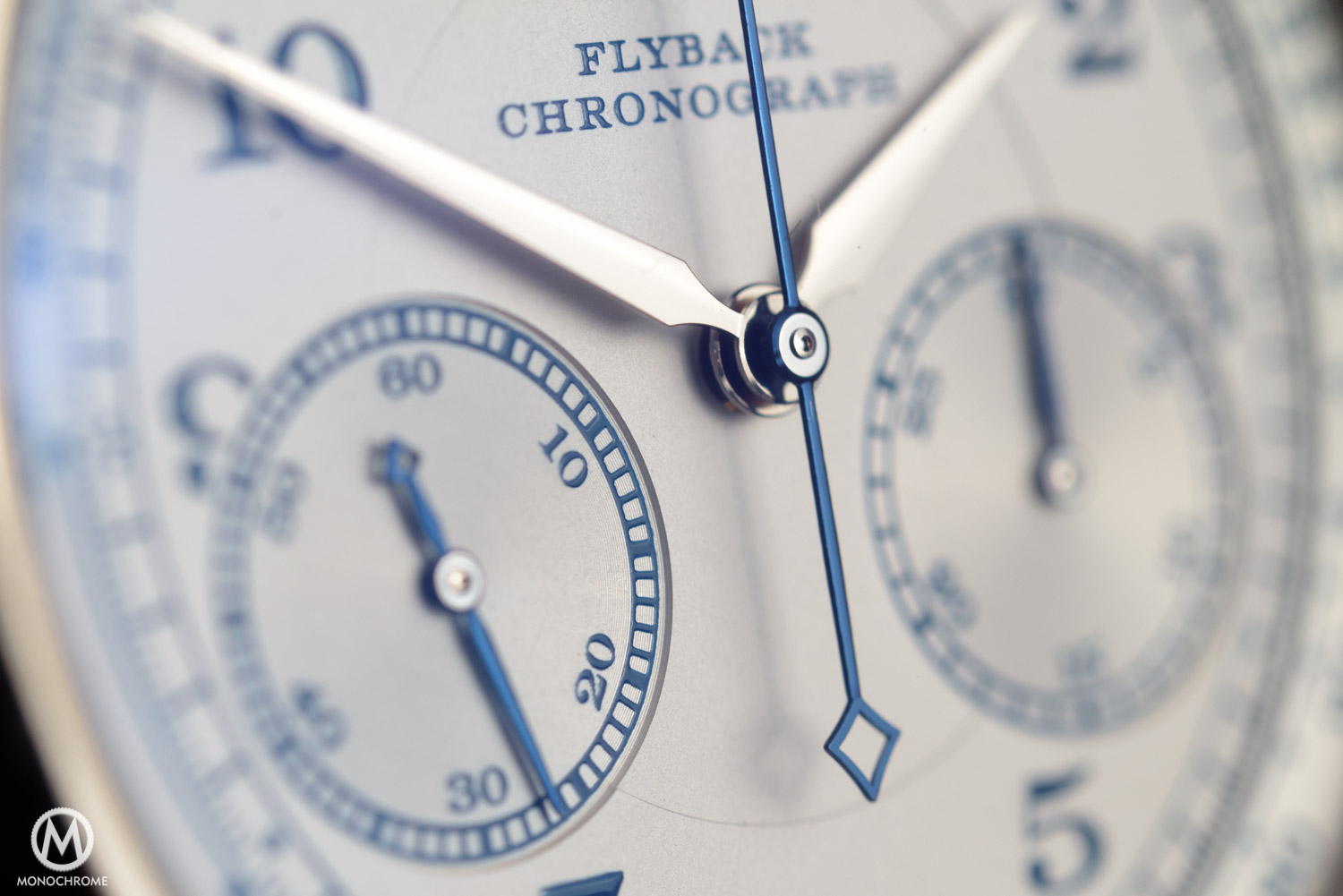
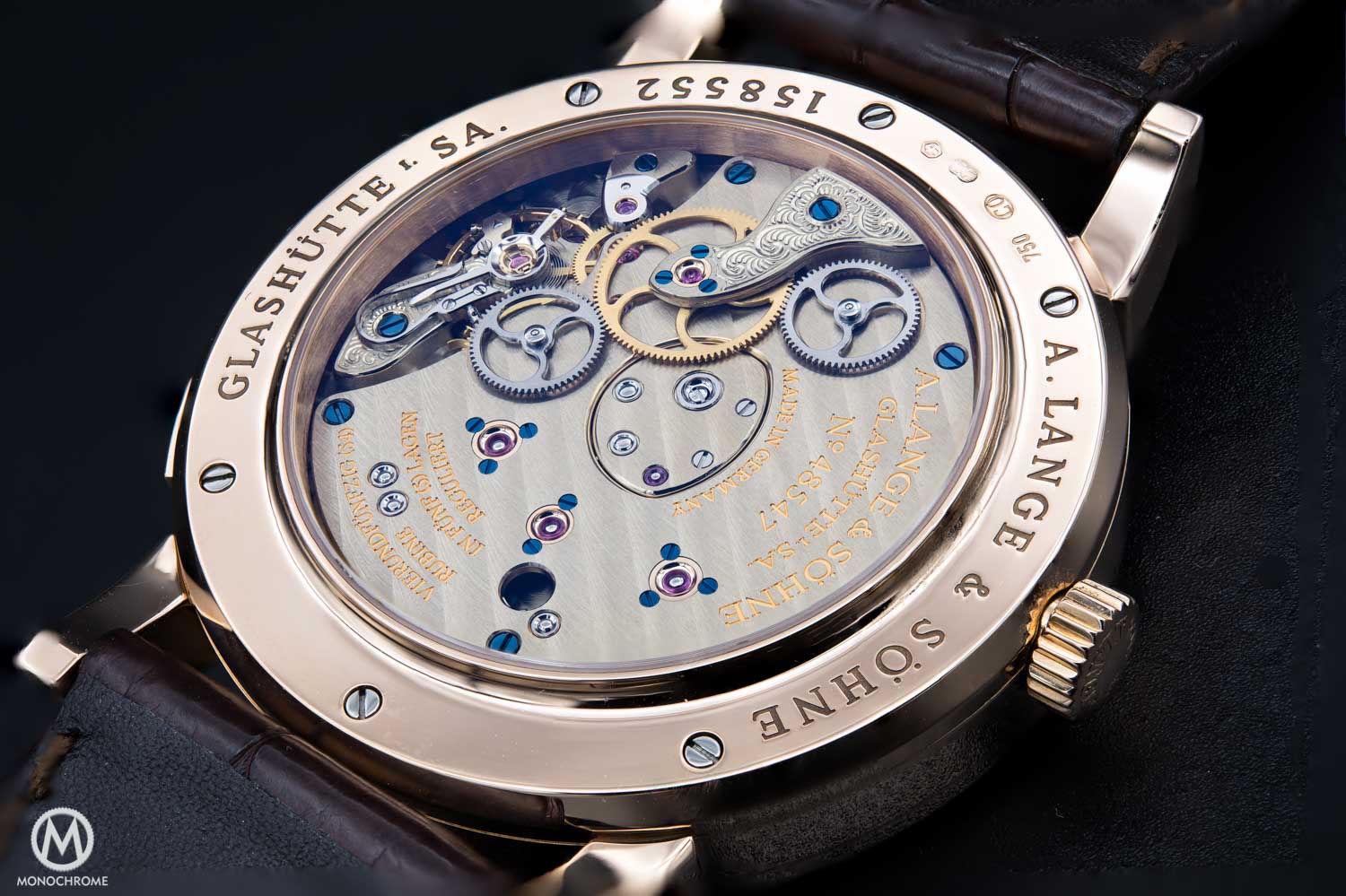
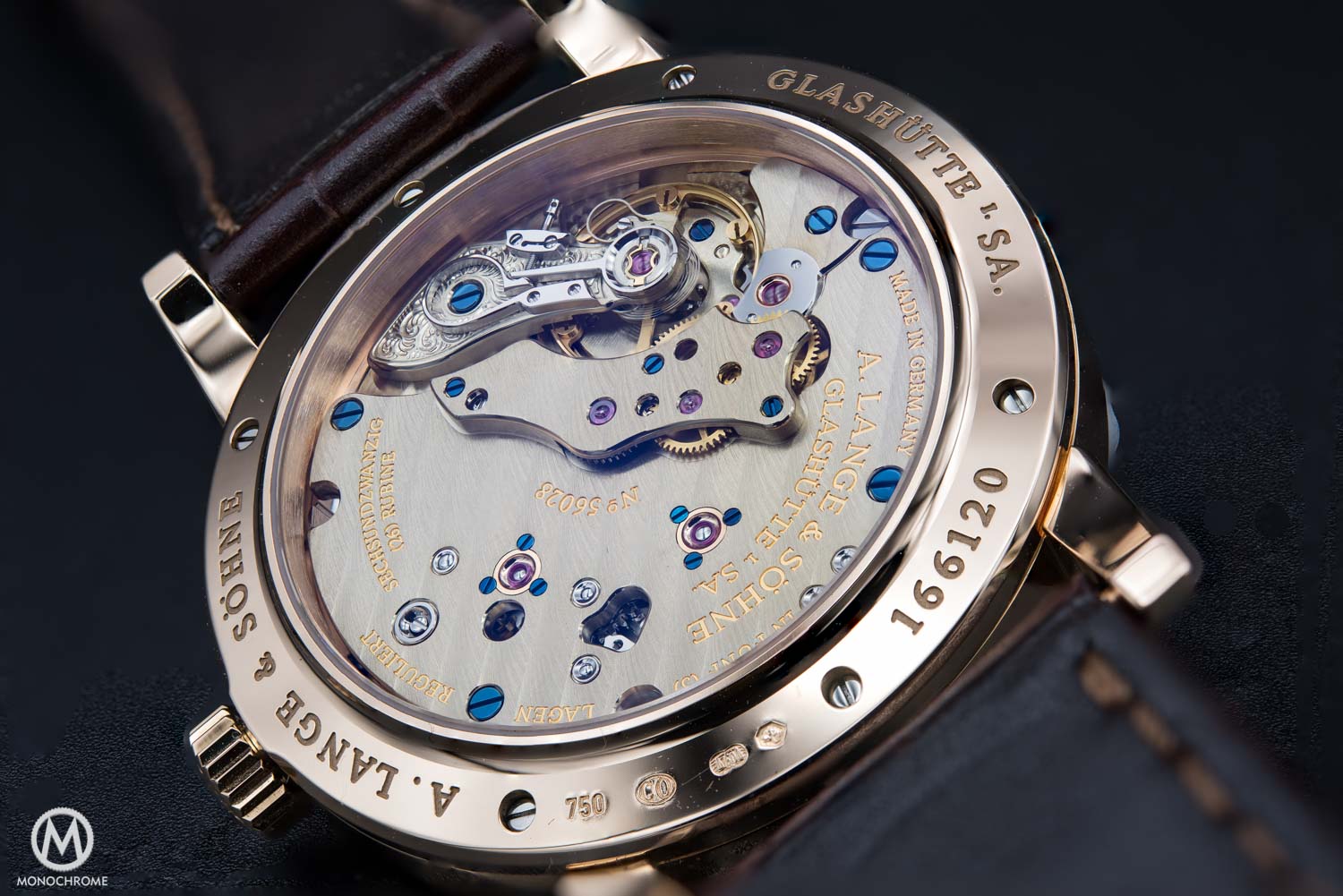

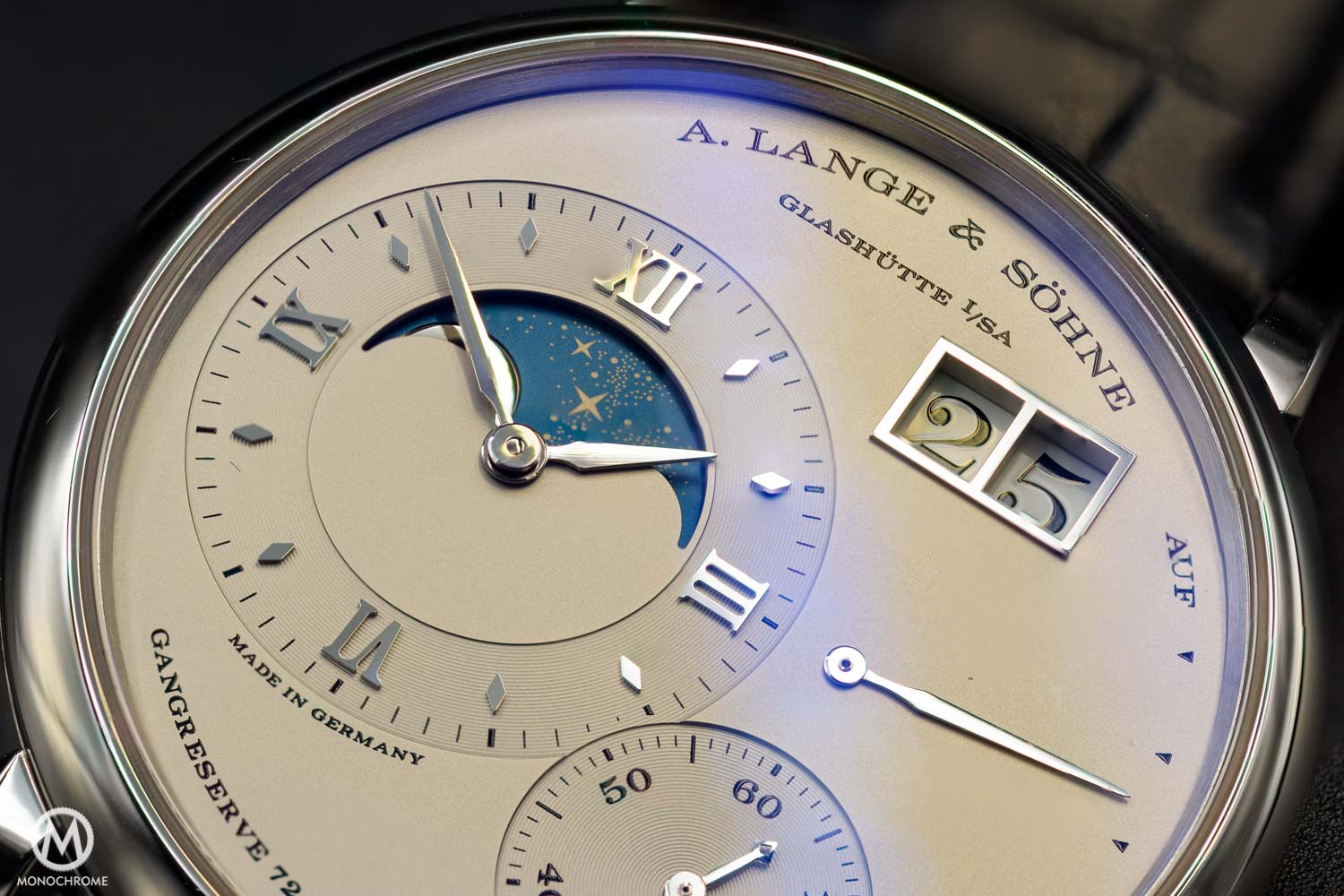
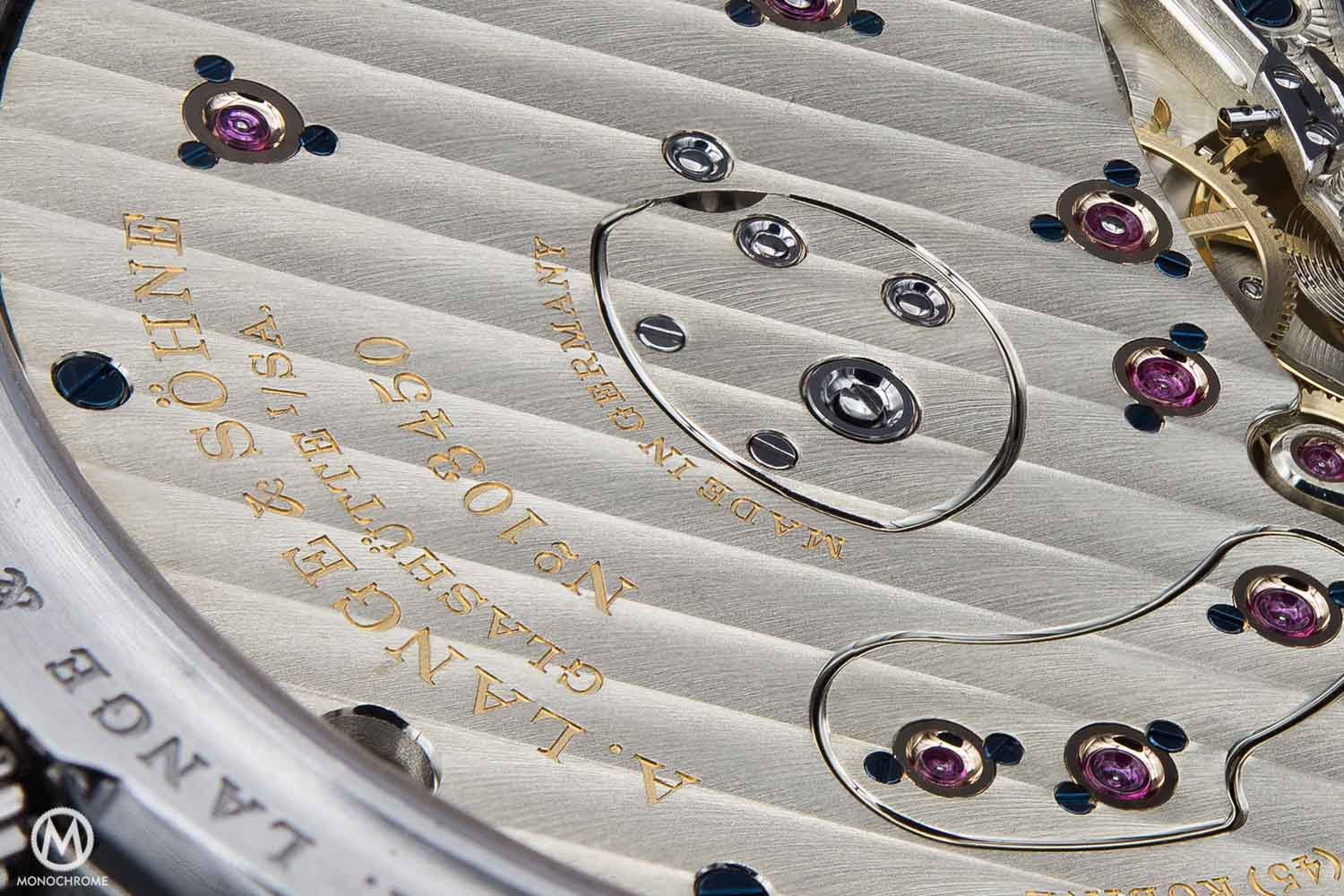
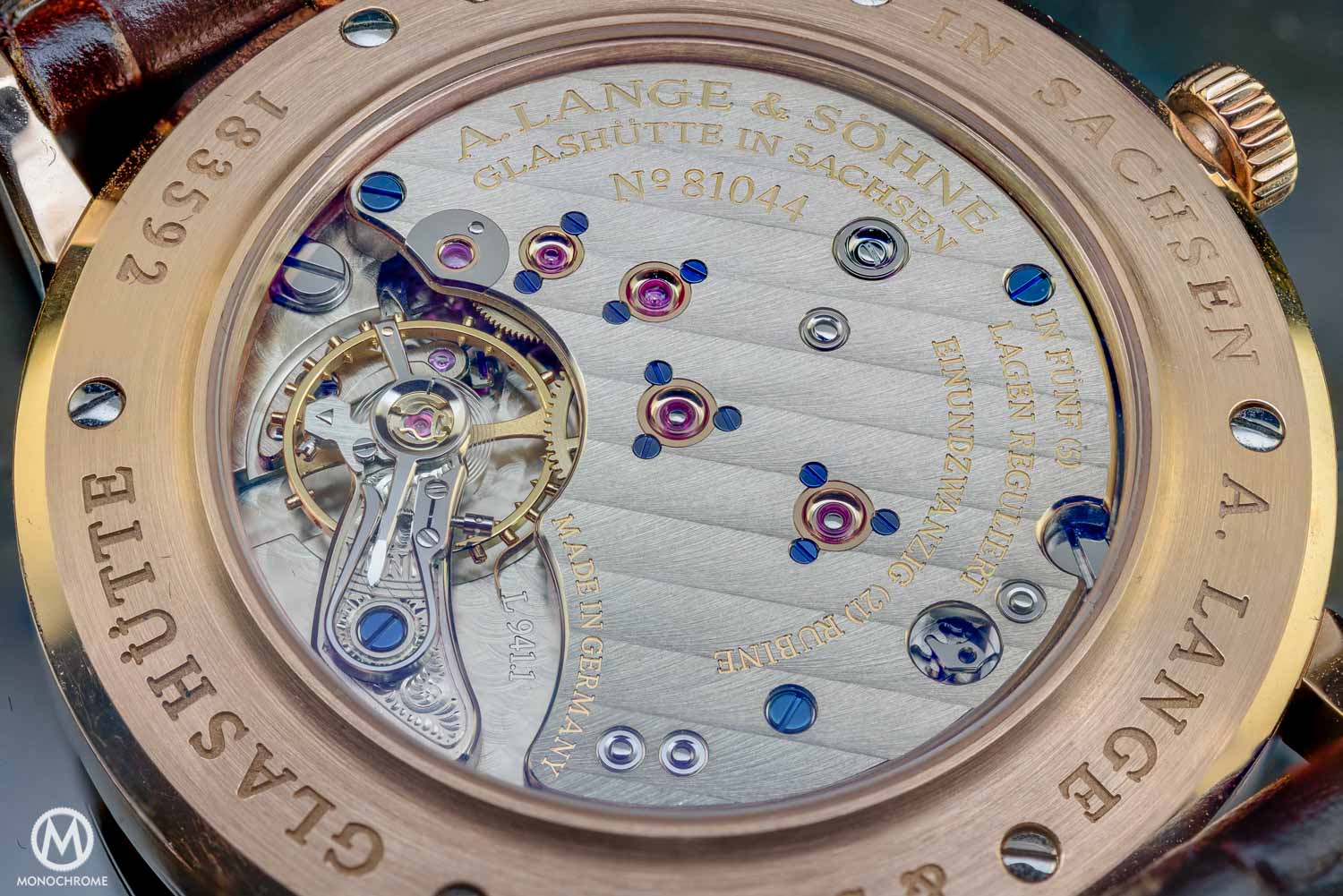

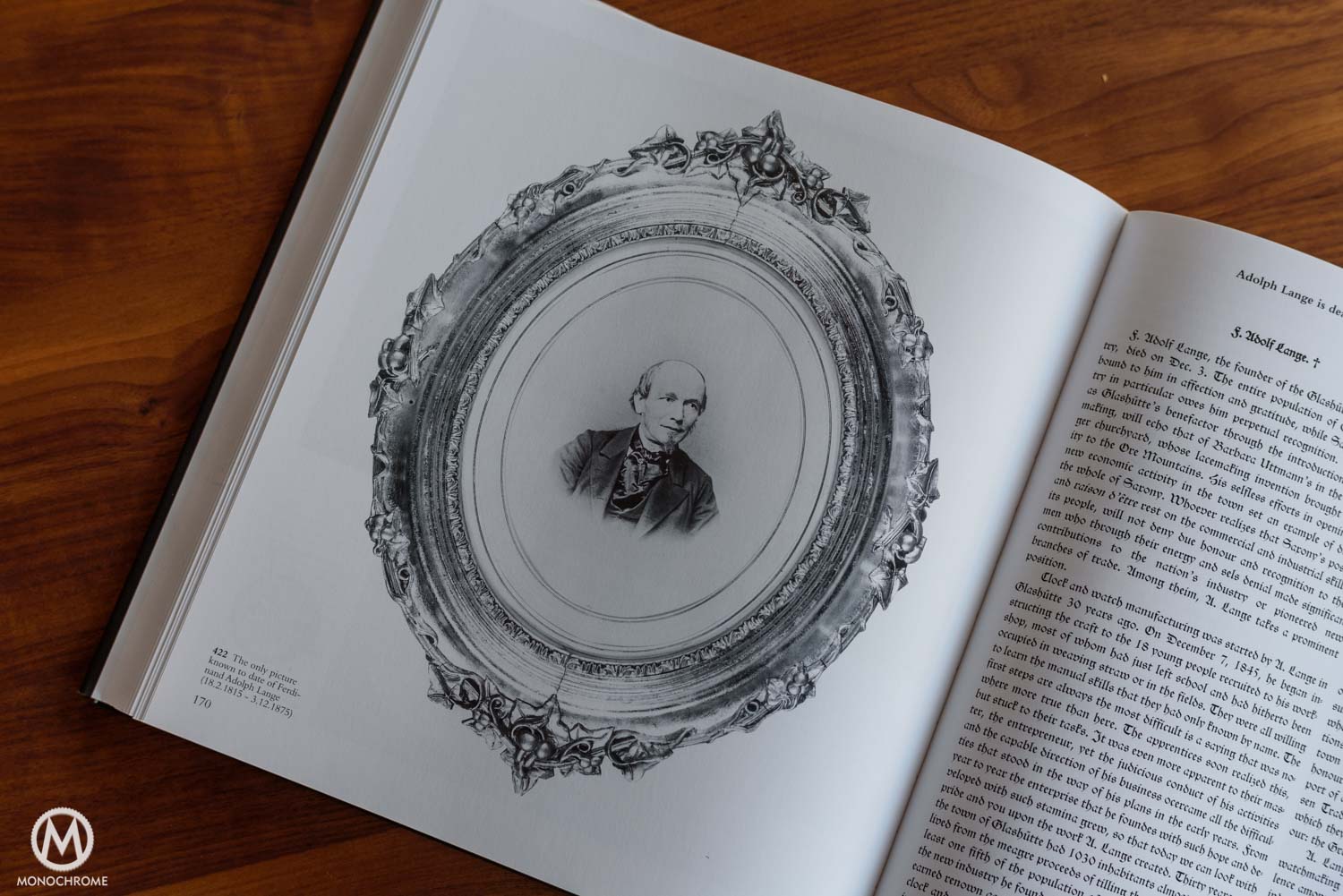
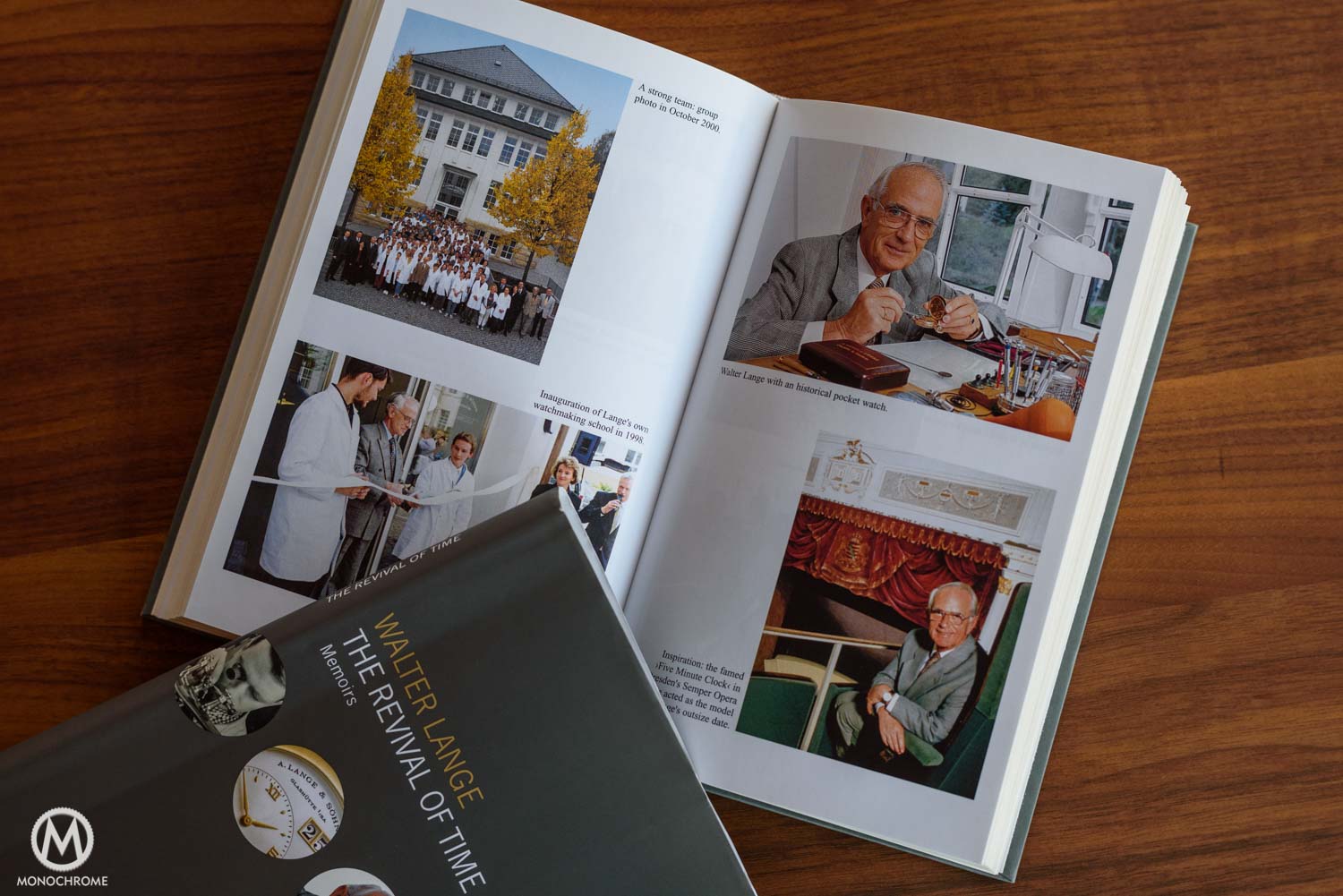
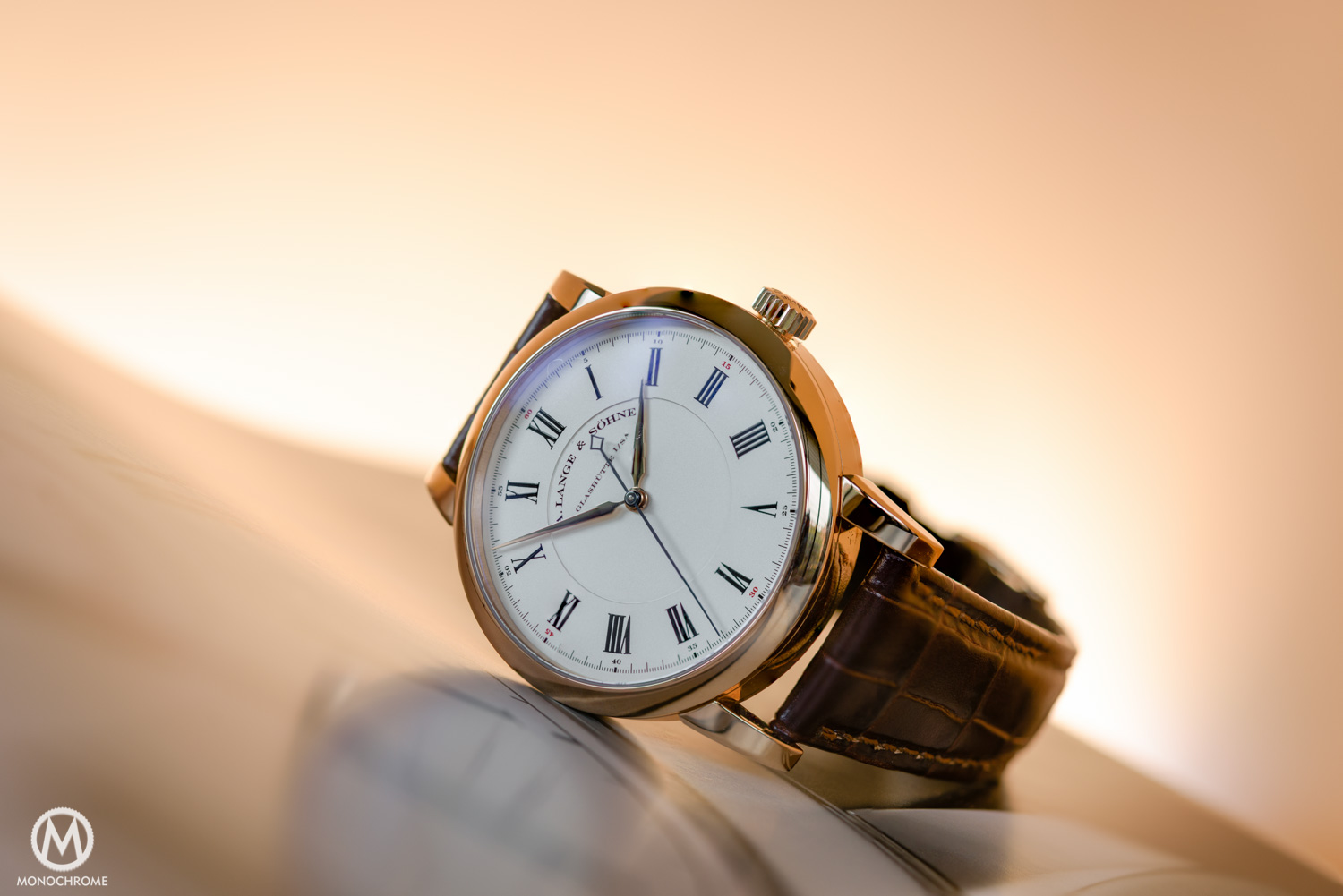
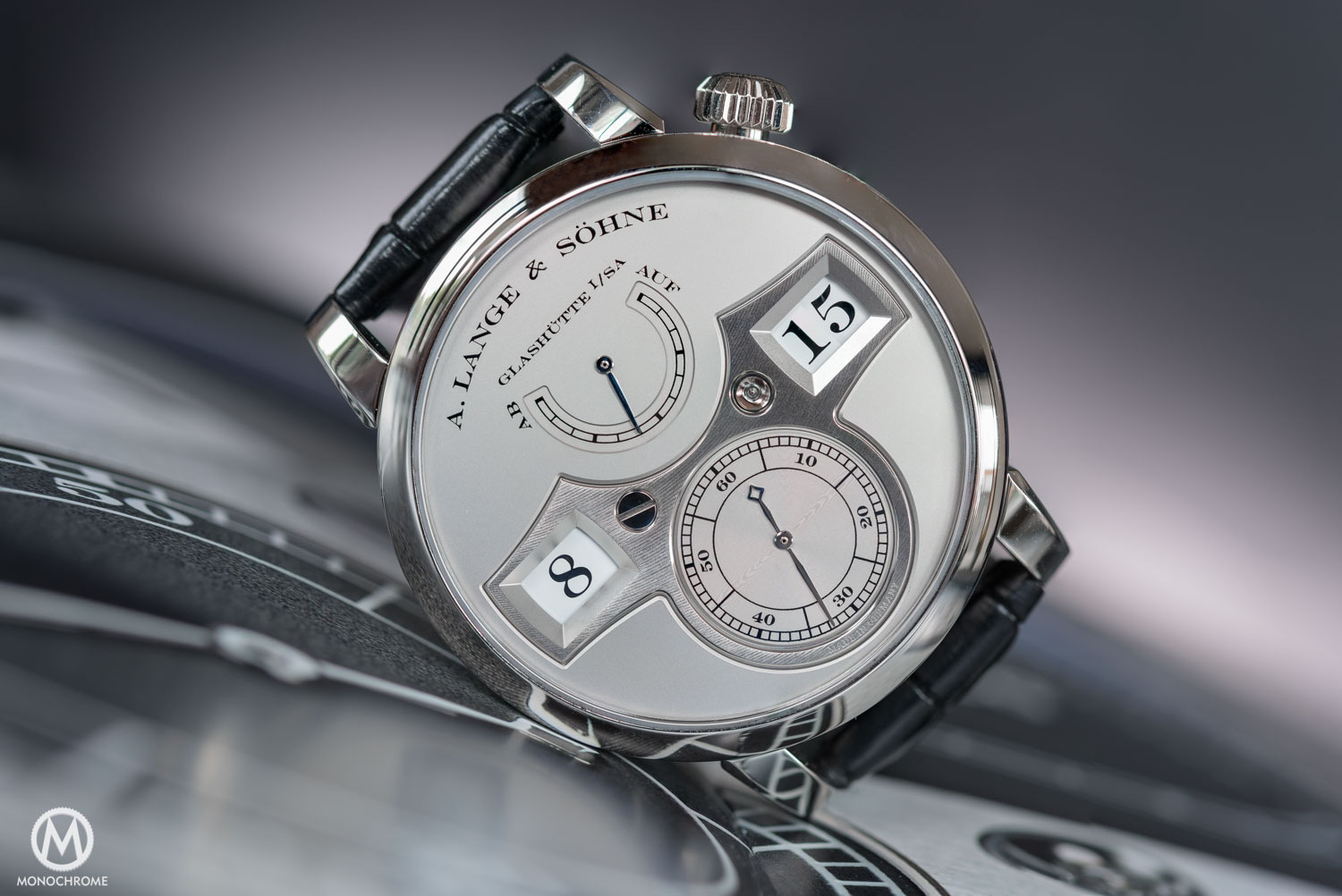
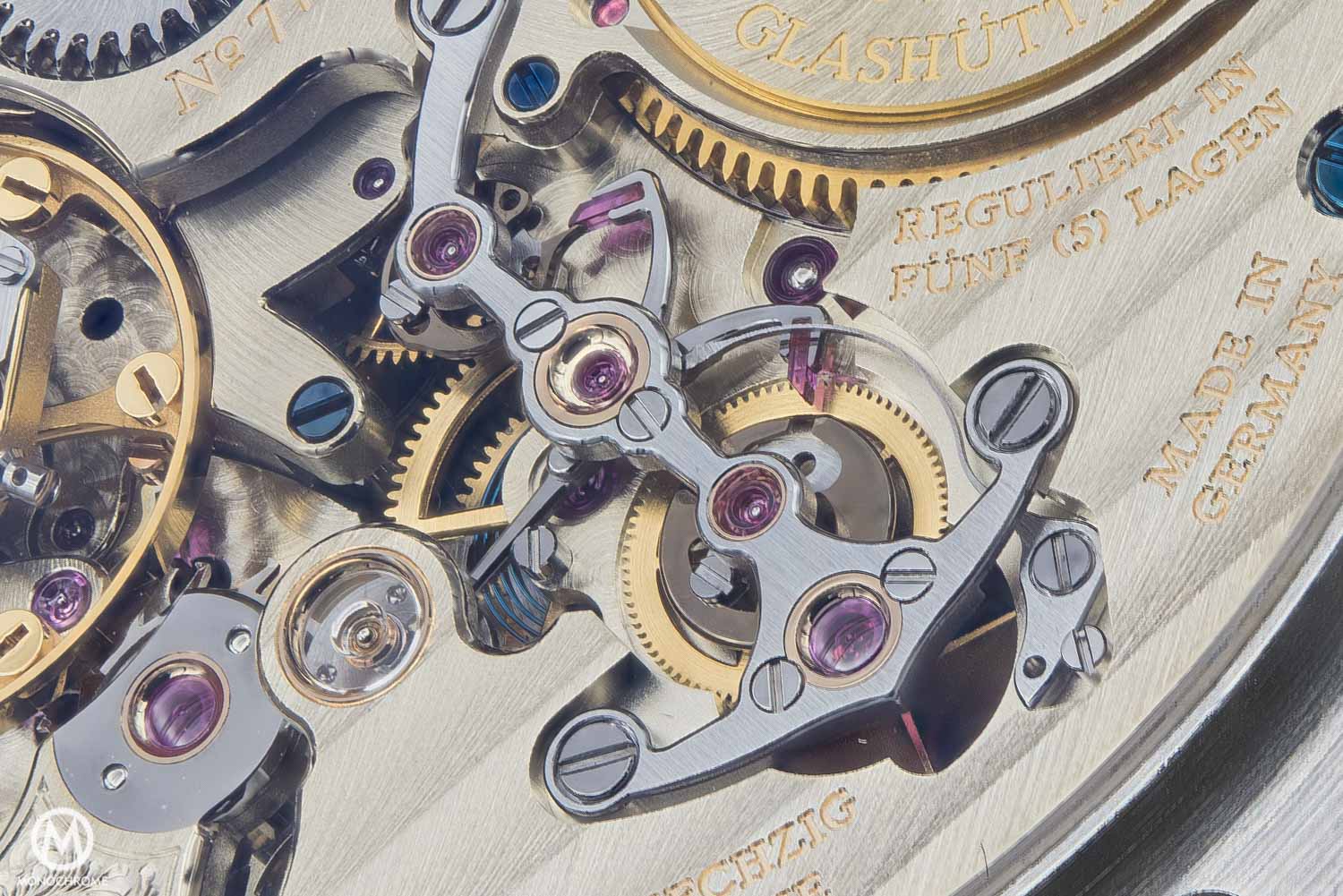
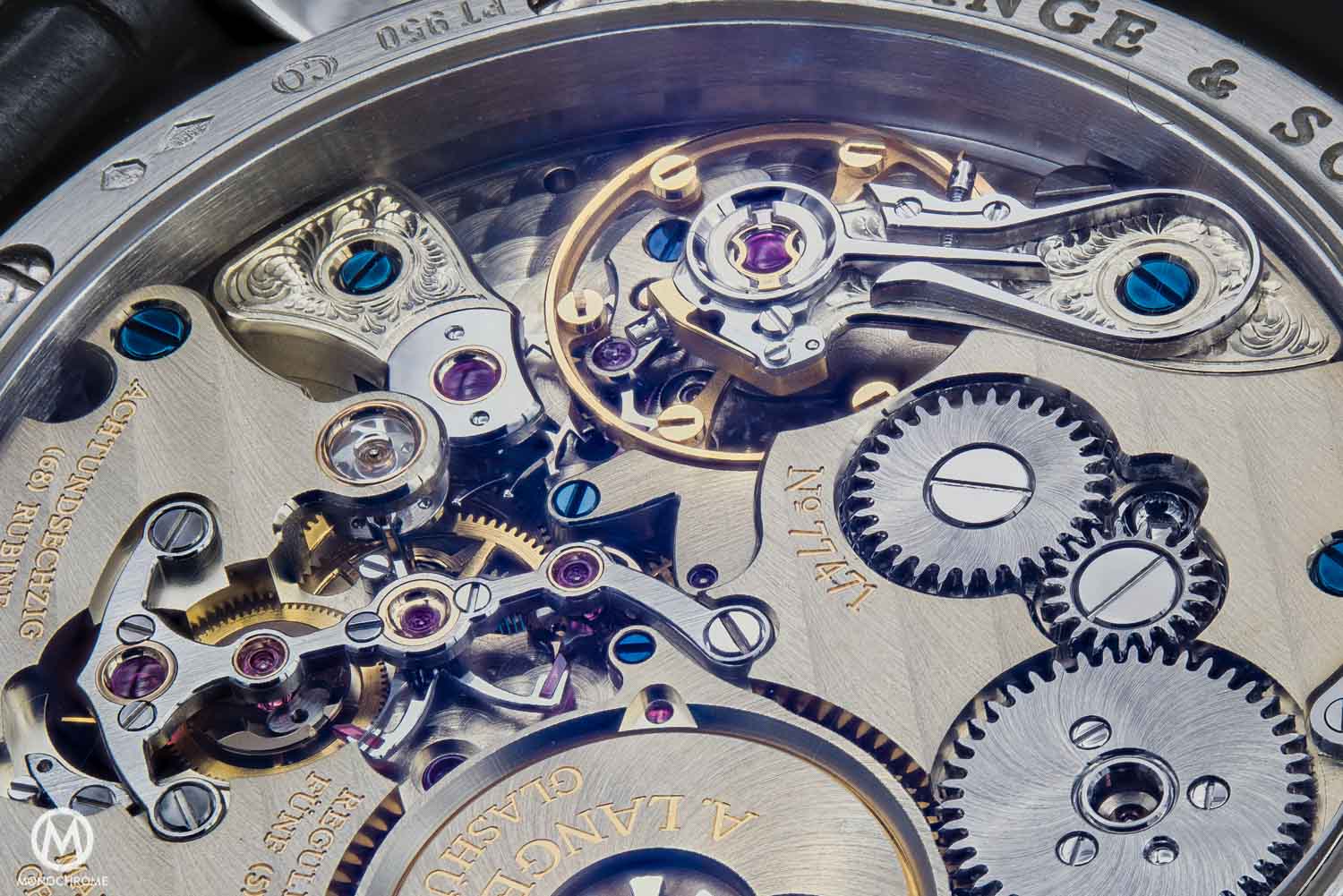
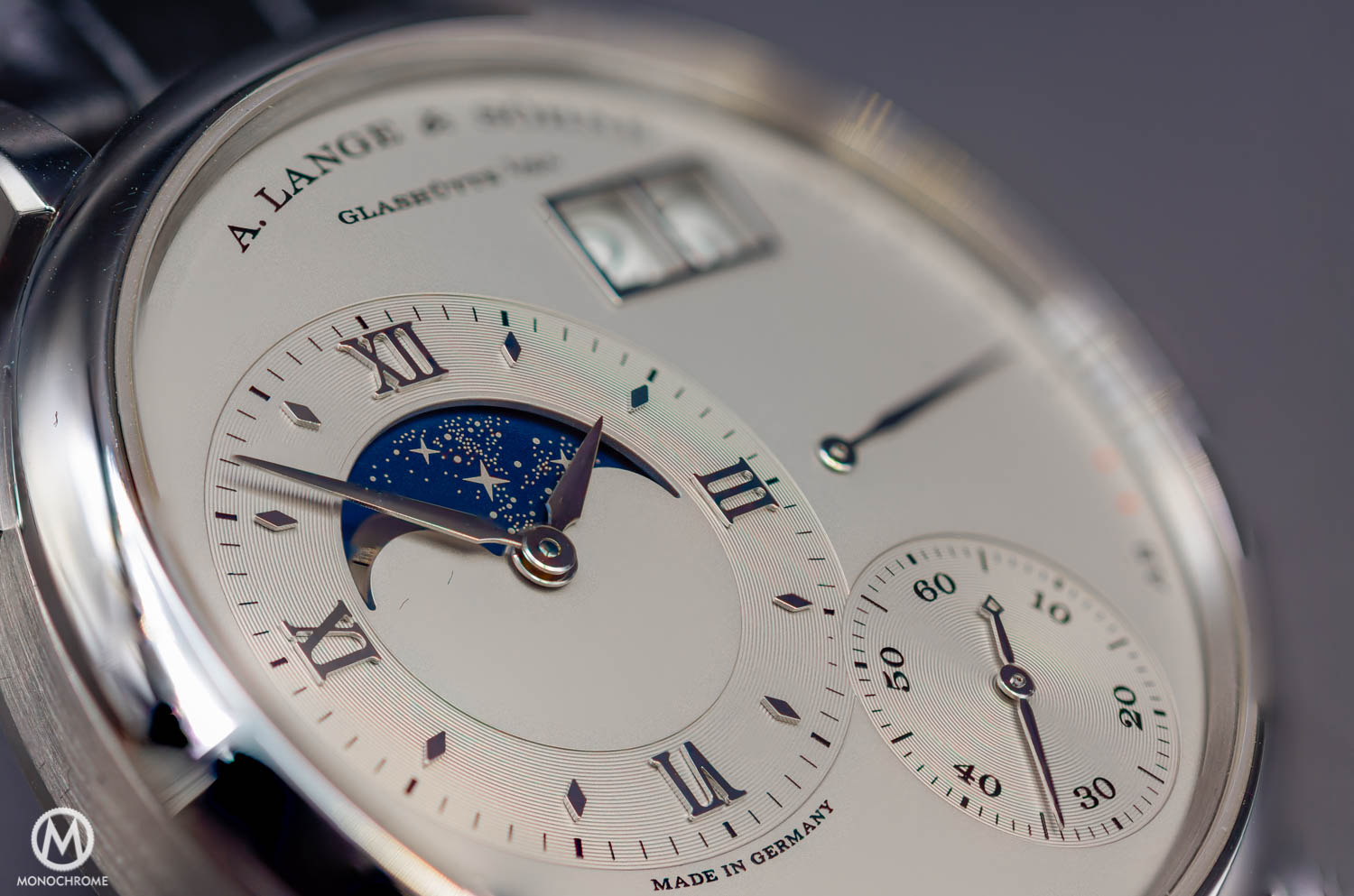
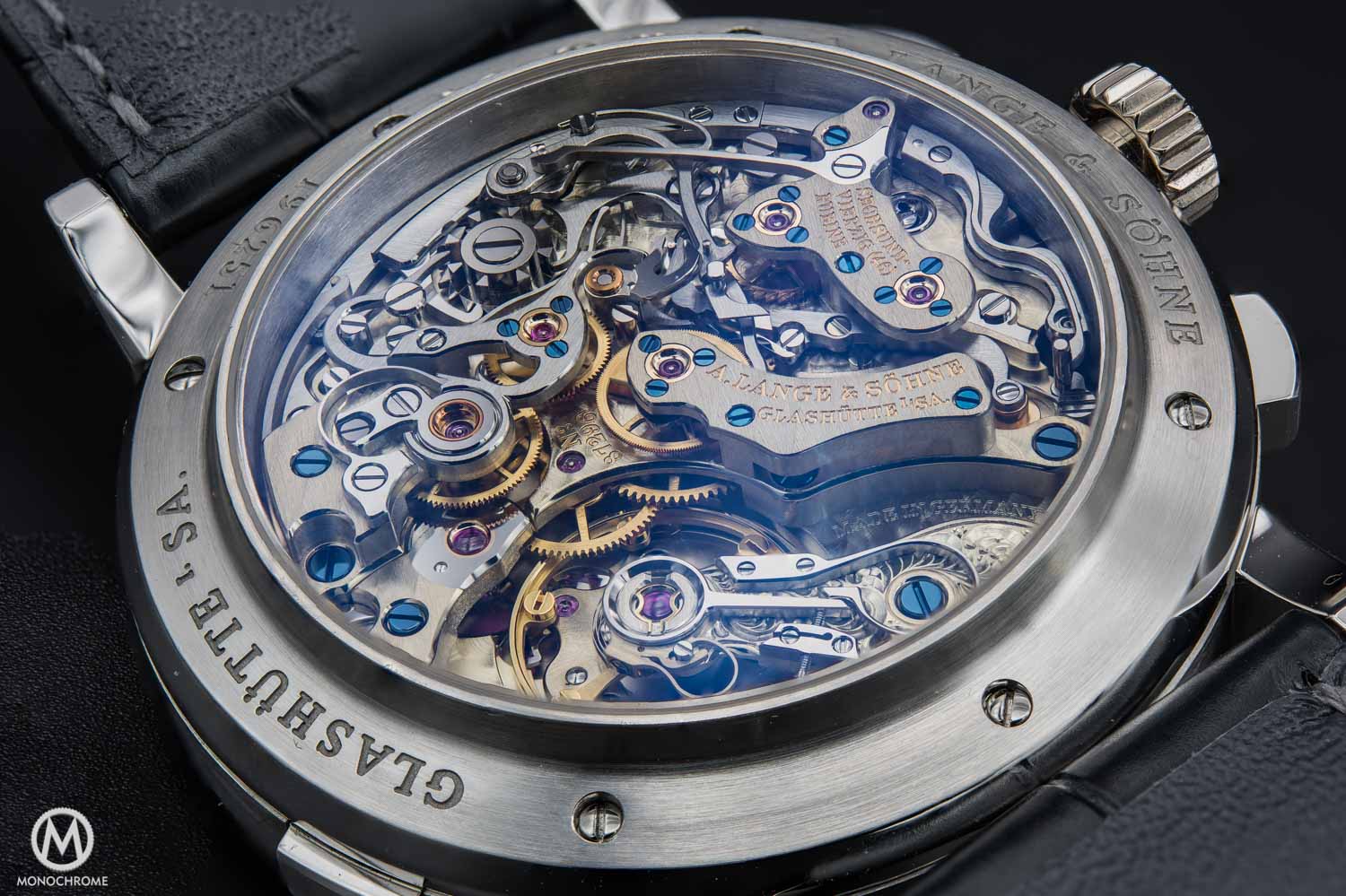
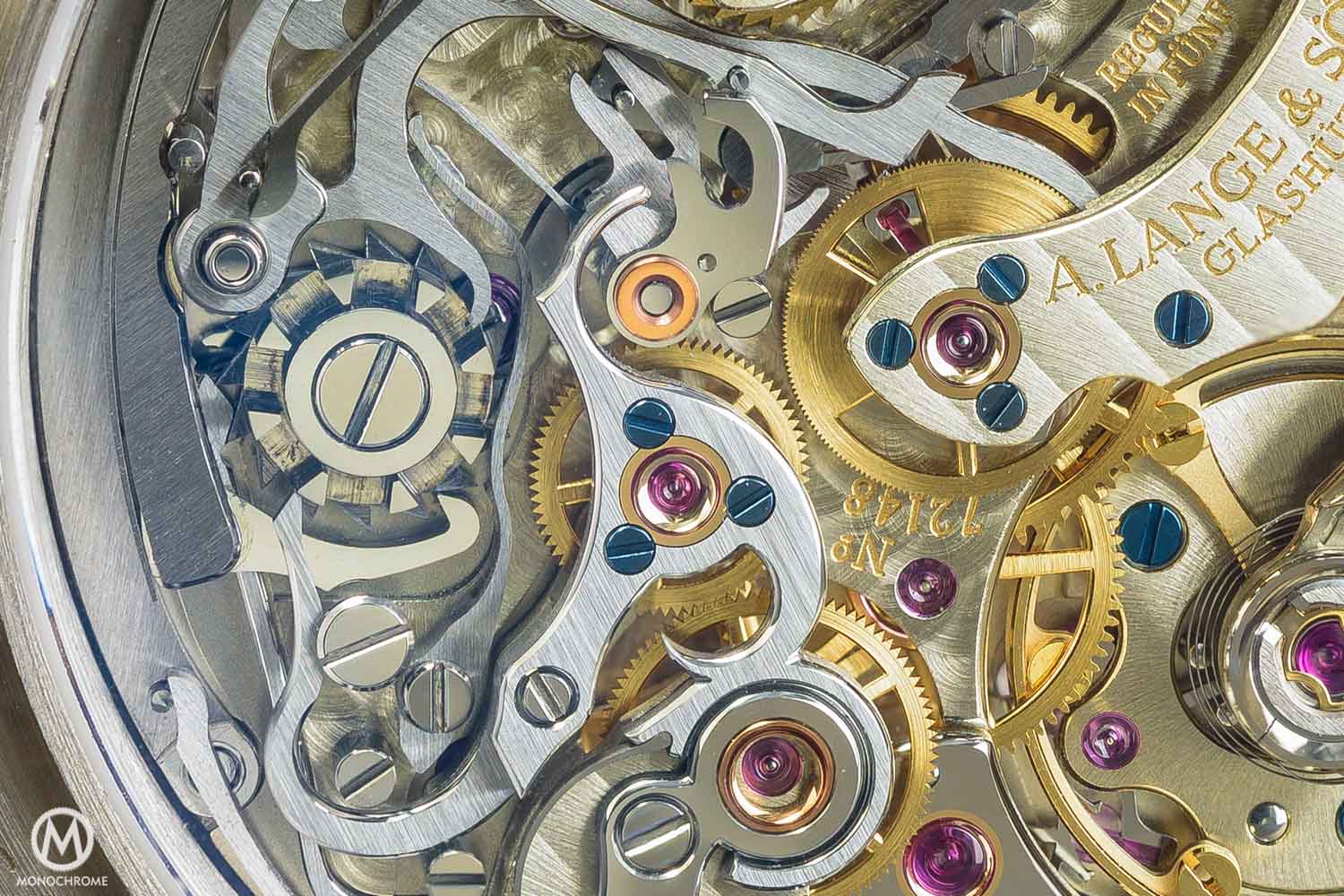
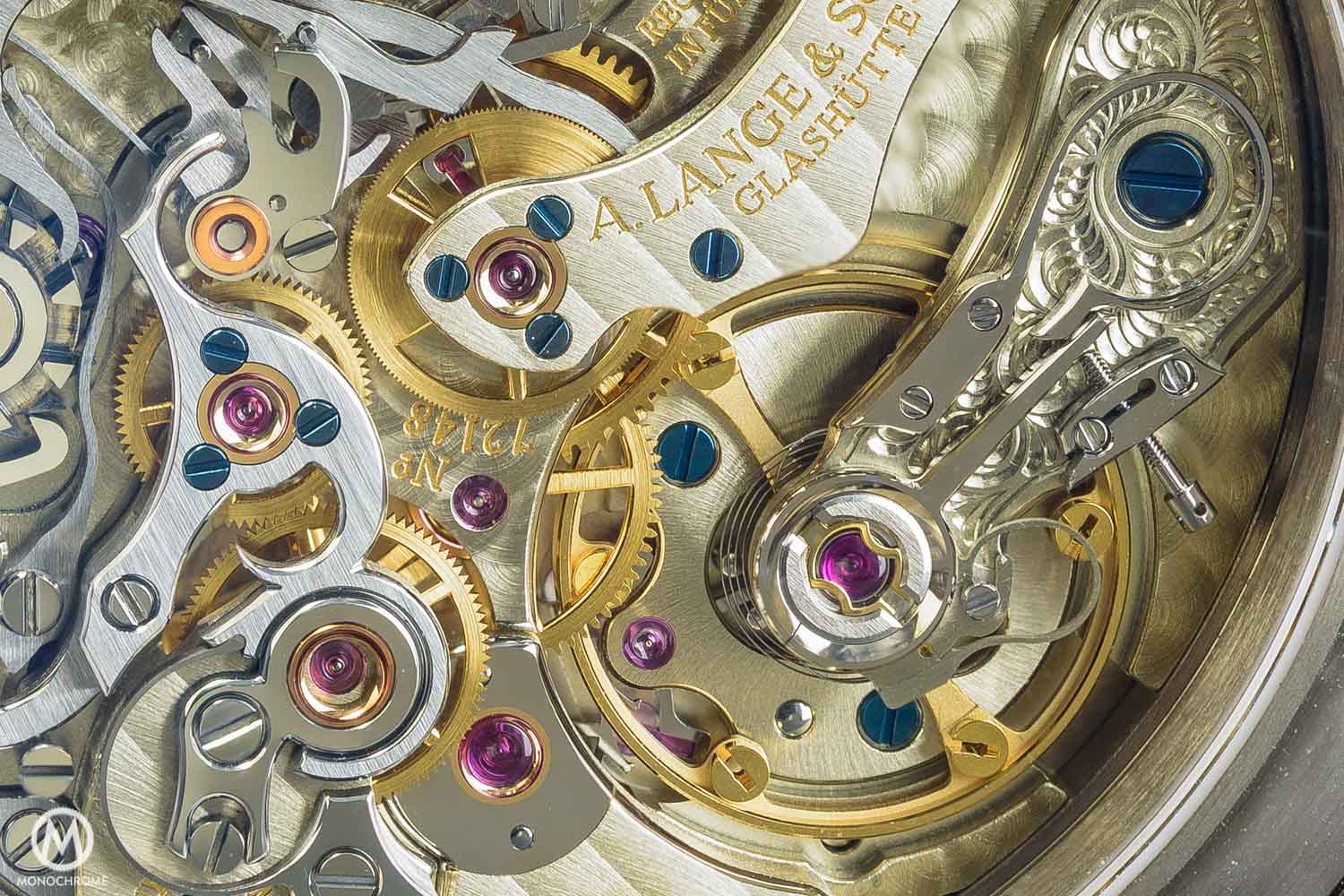
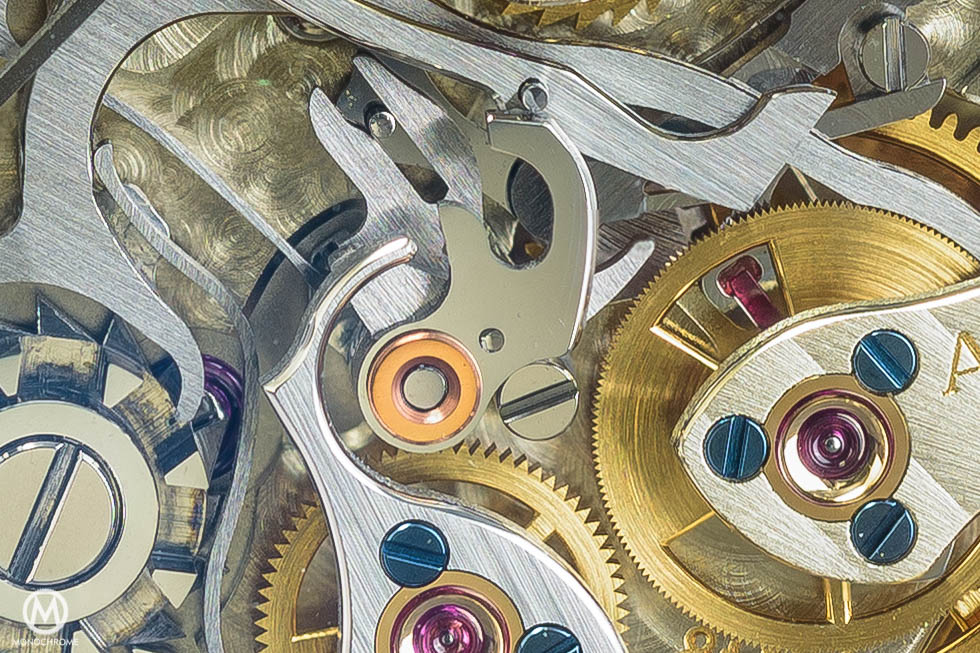
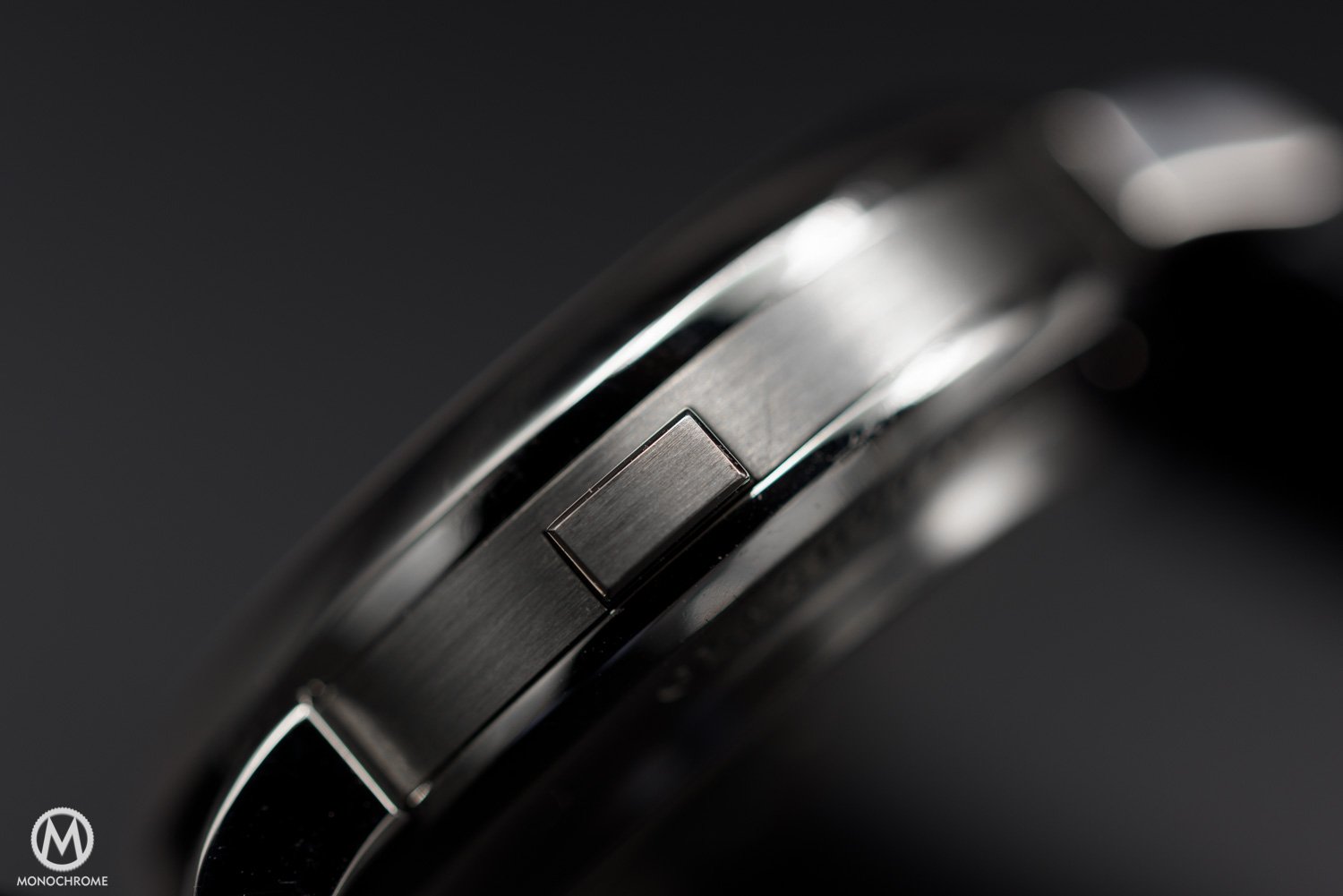
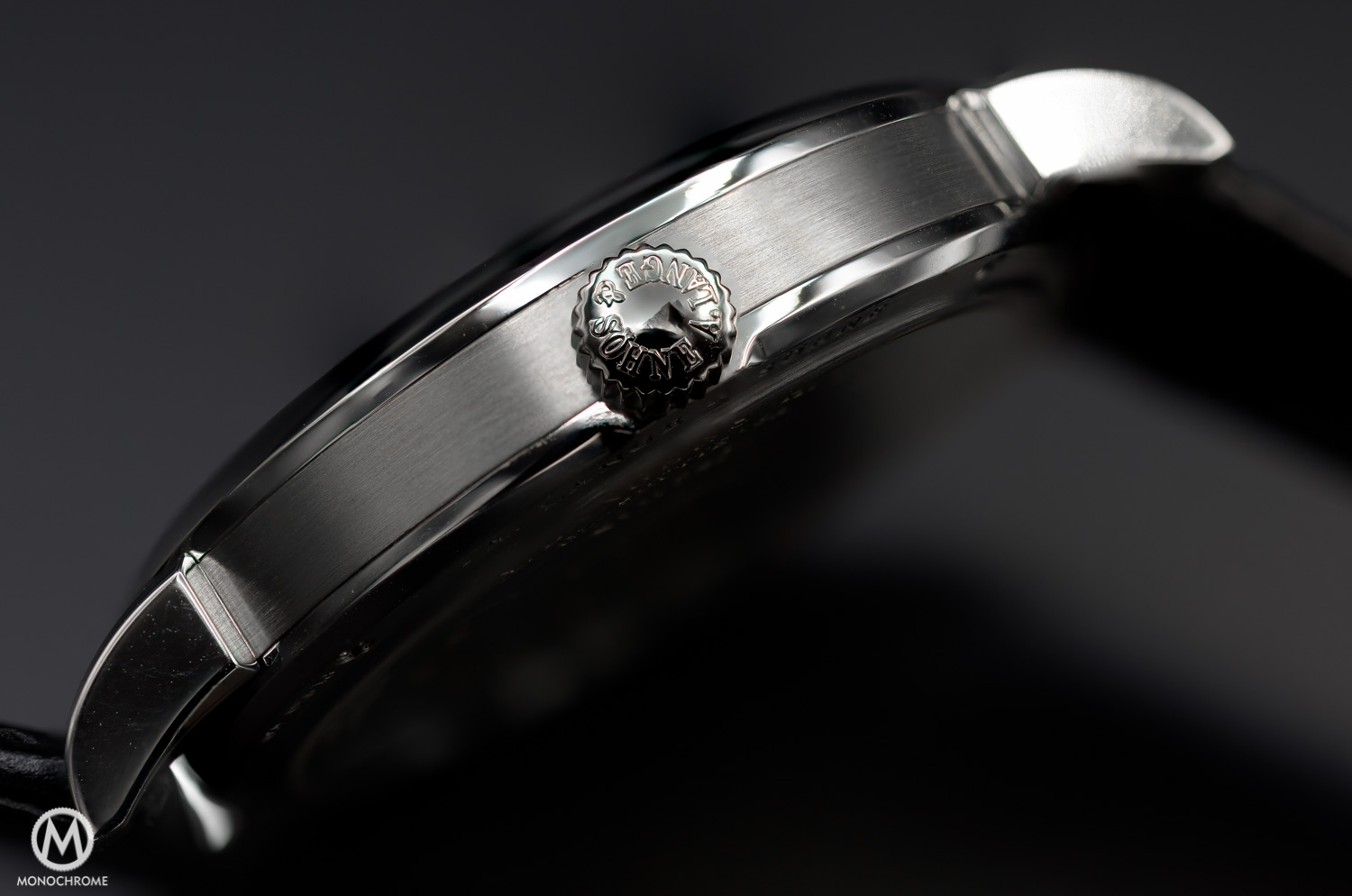
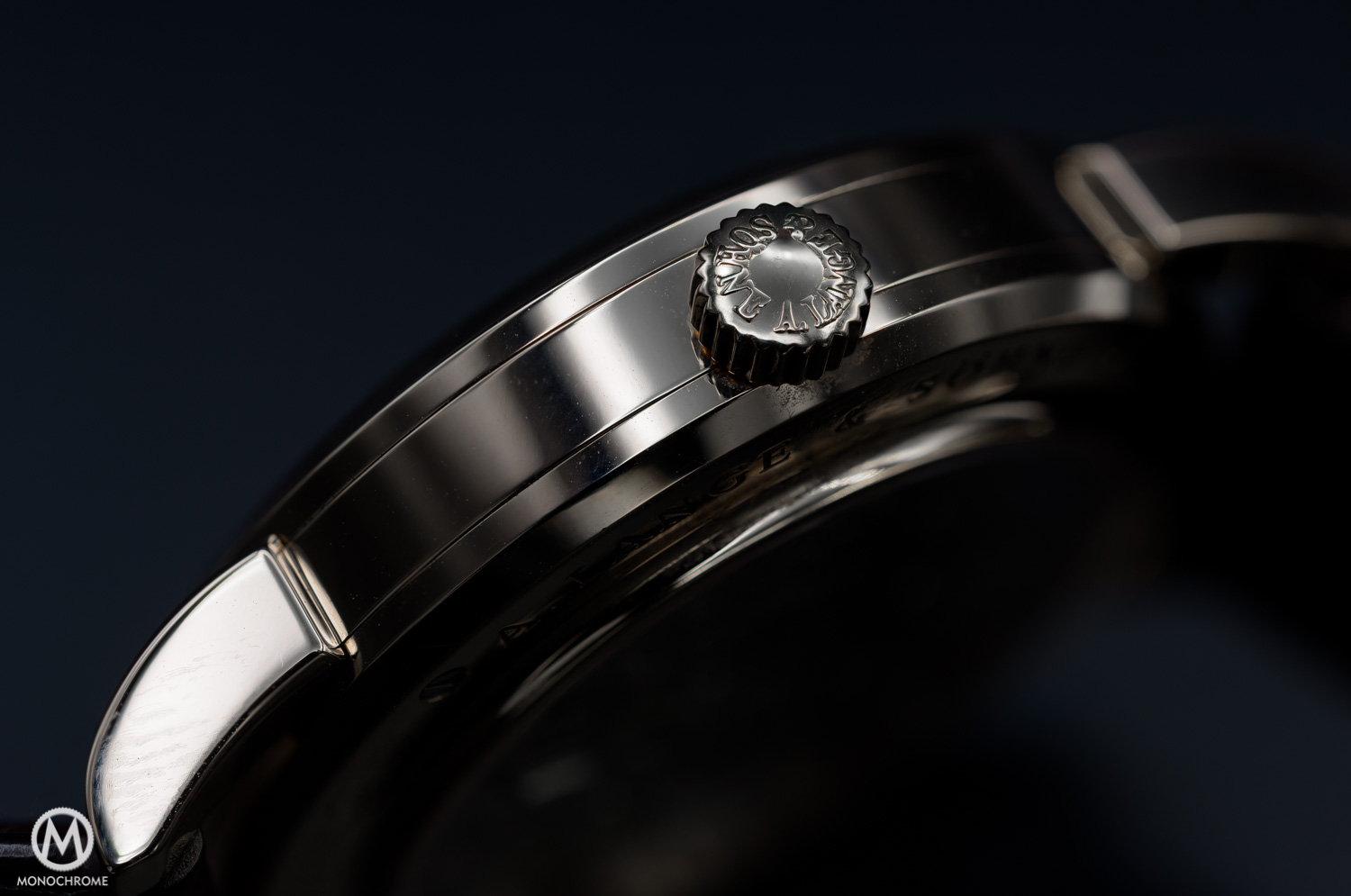
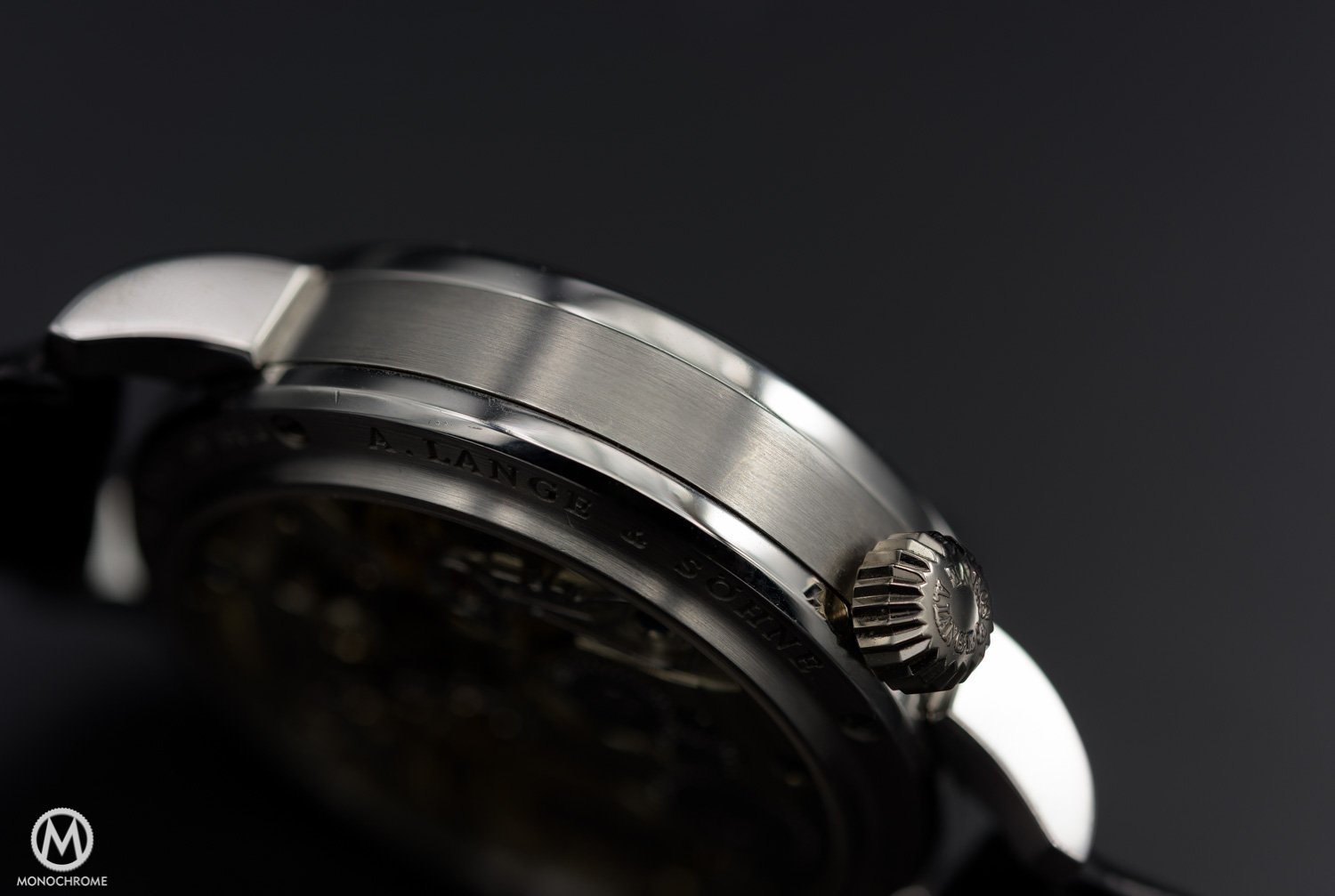
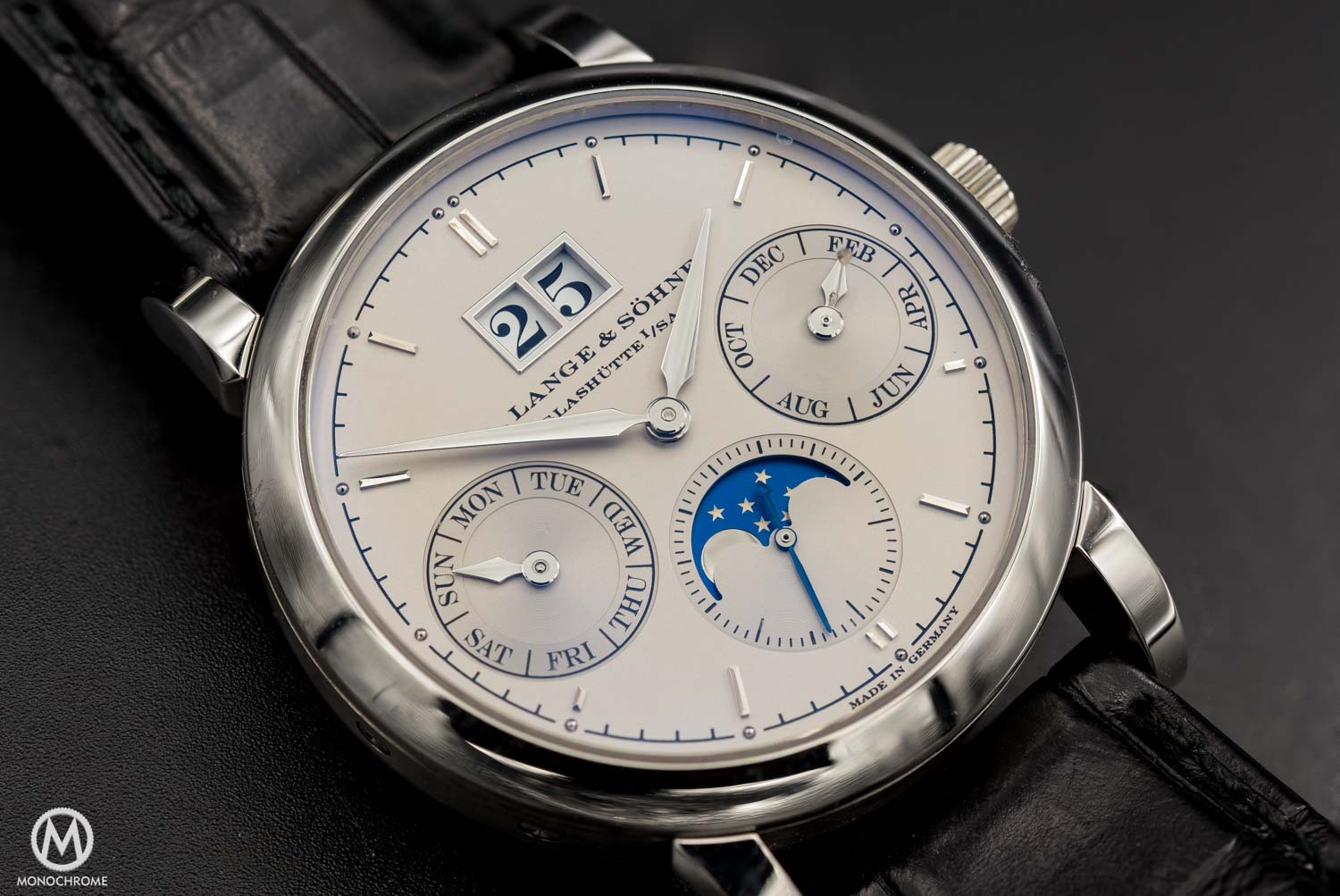
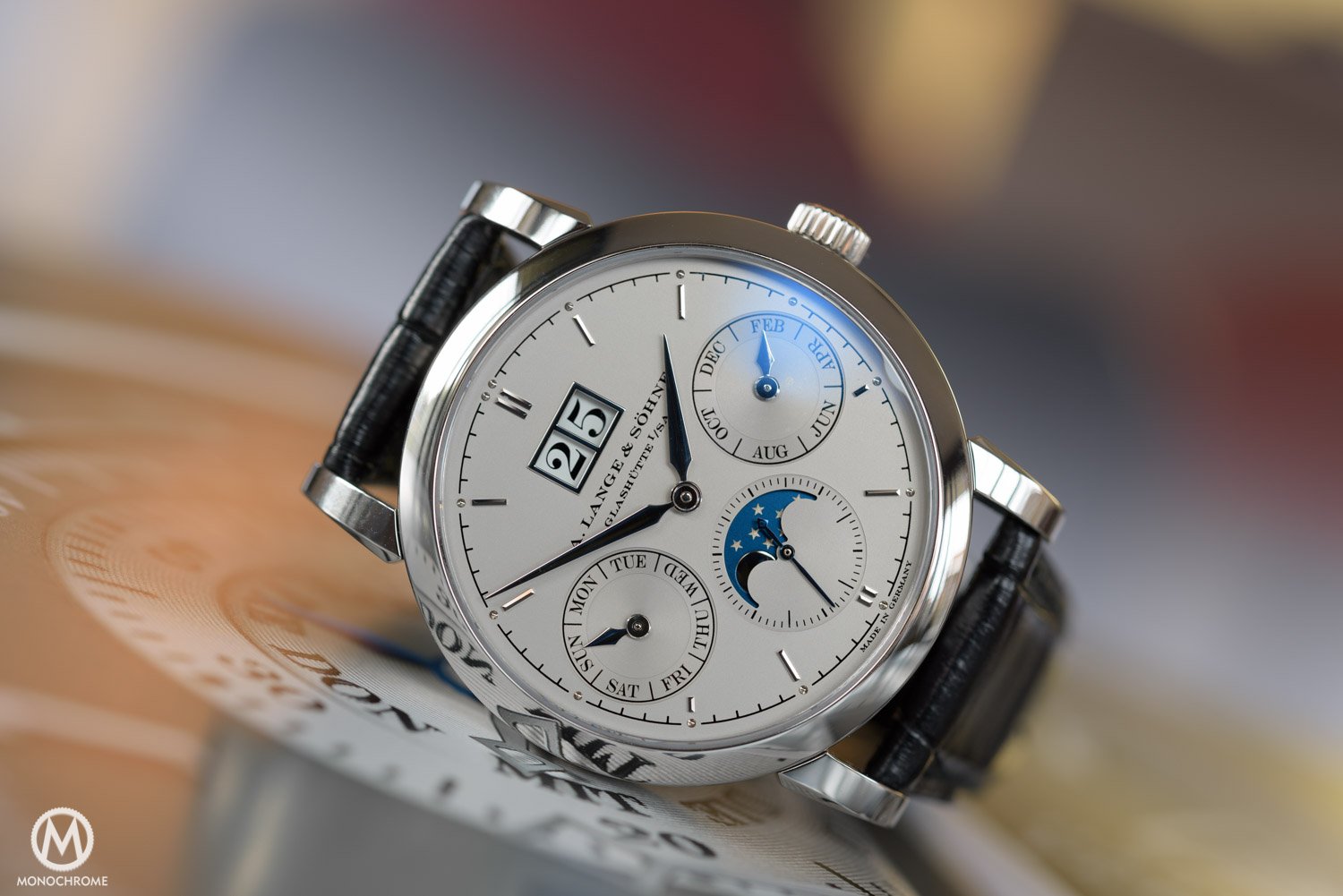




2 responses
Thank you so much.
Wonderful article